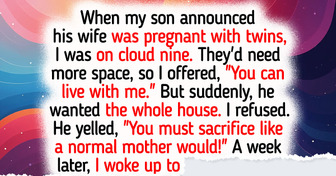My Stepdaughter Publicly Insulted Me, So I Taught Her a Lesson

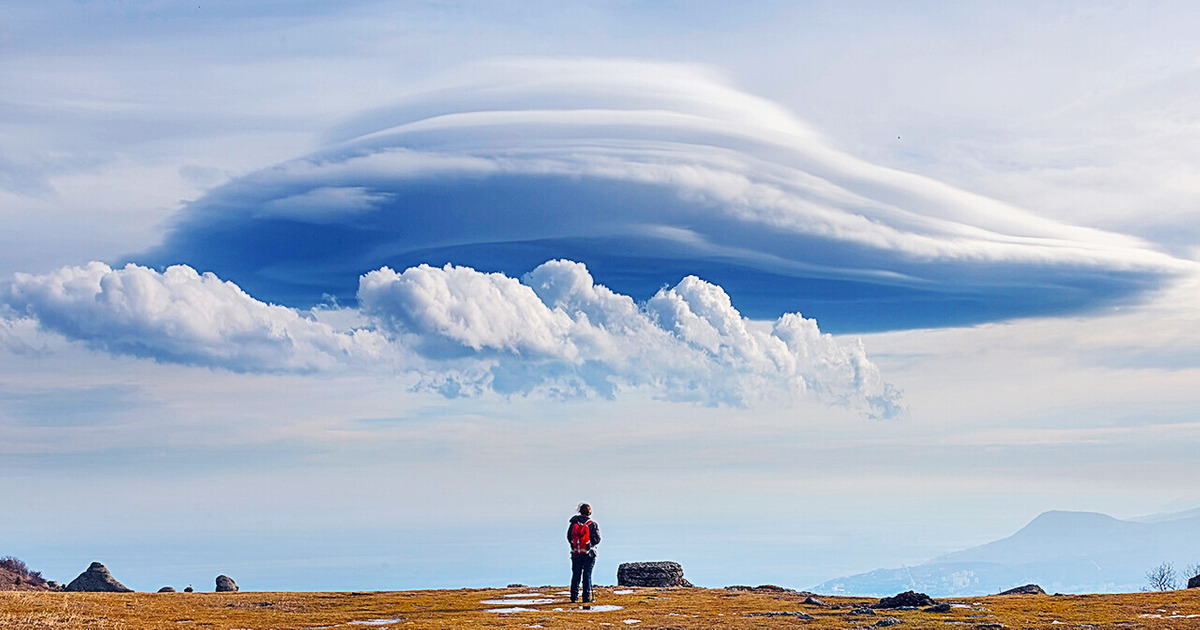
Hey look! Some magical stuff is happening around you! Let’s check out some real photos of overwhelming phenomena our Earth offers, and I’ll chat about the science behind them.
The rainbow-colored scarf cloud is a very rare natural phenomenon. World Meteorological Organization says that this kind of cloud is called “pileus clouds.” Here’s how this rainbow scarf cloud takes shape. There are accessory clouds that depend on a larger cloud system in their development.
An accessory cloud widens horizontally and gets shaped like a cap at the top. It attaches itself to the upper part of another cloud. These clouds don’t last long — similar in time to a regular rainbow. The main cloud underneath eventually rises and absorbs the rainbow cloud.
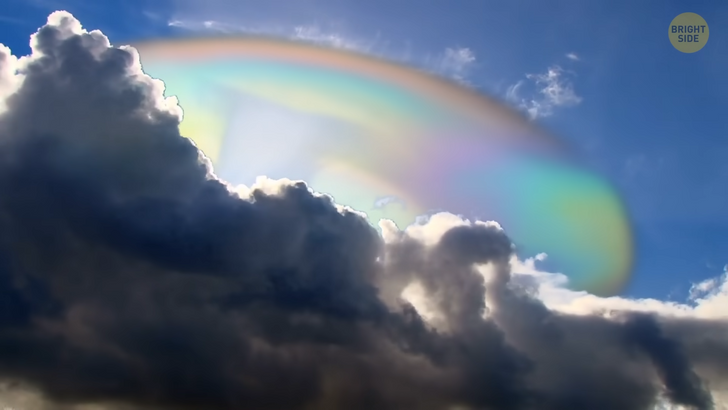
Who wants to see the ocean glowing and glittering like the sky full of stars? This phenomenon is called bioluminescence. When it happens, waves start sparkling neon blue, thanks to a natural chemical process. Living organisms, such as tiny crustaceans and algae, use bioluminescence to trick predators, attract prey, or find potential mates. Sparkling night lights have been photographed across Australia and the Indian Ocean.
This form of ice is called hair ice. It looks like cotton candy, but it melts away with the sun, not rain. Hair ice is a very unusual phenomenon, and it only forms under specific conditions. It grows on the surface of particular kinds of wood at temperatures below 32° Fahrenheit if the weather is calm and humid. The hairs can grow up to 8 inches long.
In 2015, scientists discovered the fungus responsible for this smooth, silky ice hair. The presence of this fungus leads to a process called ’ice segregation.’ The fungus prevents ice crystals from gathering into more stable shapes. I mean, ice can still form on these branches when there’s no fungus, but it would be shaped just like normal, not hair-like, ice. So what does this fungus do to make this magic happen?
The liquid near the surface of branches is in contact with chilly air. This creates a thin layer of ice. It blends a thin layer of water between the ice and the wood pores. This results in a suction force that pushes the water out of the pores toward the ice at the surface. It freezes there and adds to the existing ice layer. The process repeats over and over. Here you go. Thin hairs of ice are pushed out of the wood.
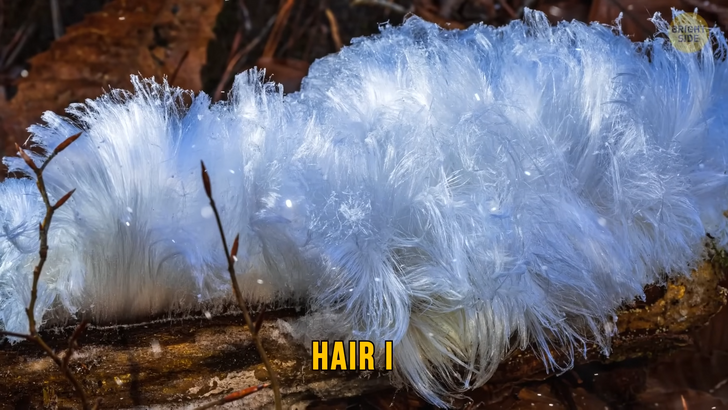
Lake Baikal in Siberia is famous for its crystalline waters. It’s the largest freshwater lake on the planet by volume. It contains 20% of Earth’s freshwater. It’s also very wide. To put it in perspective, it’s larger than Belgium. Plus, it’s the oldest lake in the world — about 25 million years old.
When it freezes during the winter, large shards of transparent ice form on its surface, they appear turquoise because the lake has clear waters. These gem-colored ice structures on the lake’s surface are called “hummocks.” Hummocks are ice splinters. When fierce winds around the lake push its waters into waves, they freeze into these turquoise blocks. Hummocks can be 32 to 39 feet high.
Take a look at Naga fireballs. This natural wonder occurs in a specific area around the Mekong River in China. They appear throughout the year, but they’re more common during the full moon in late autumn. How they appear is a mystery. These fireballs seem to rise from the water. They can go as high as 985 feet. They are like fireworks, disappearing just as rapidly. They typically have a reddish or orange glow.
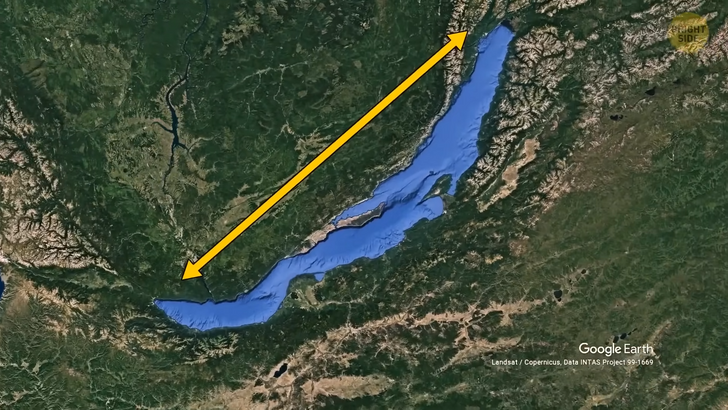
Did you know that earthquakes emit light, too? It turns out that earthquake lights have been around for centuries. They appear before, during, or immediately after an earthquake. They’re generally white or blue. The lights rarely last for more than a few seconds, so it’s hard to capture them on camera. Yet, on rare occasions, they can shine for up to 10 minutes.
Sometimes they are at the epicenter, while at other times, they’re seen up to 250 miles away. They have been spotted over the ocean, too. Scientists know for sure that how powerful an earthquake is somehow influencing this phenomenon. The lights have only been reported during earthquakes rating 5.0 or more on the Richter scale. Scientists have some theories, but it’s still a bit of a mystery why the lights exist in the first place.
Moonbows have similar principles to rainbows. They occur when the light gets reflected off water droplets in the sky. Yet, they are much rarer than rainbows. They can appear only under certain conditions: when the moon is very low over the horizon, the sky is dark, and water droplets are in the part of the sky opposite the Moon.
Halos, also known as circle rainbows, are an optical phenomenon forming high in the sky when the light gets reflected off ice crystals. They look like large circles of white or colored light circling the Sun or the Moon.
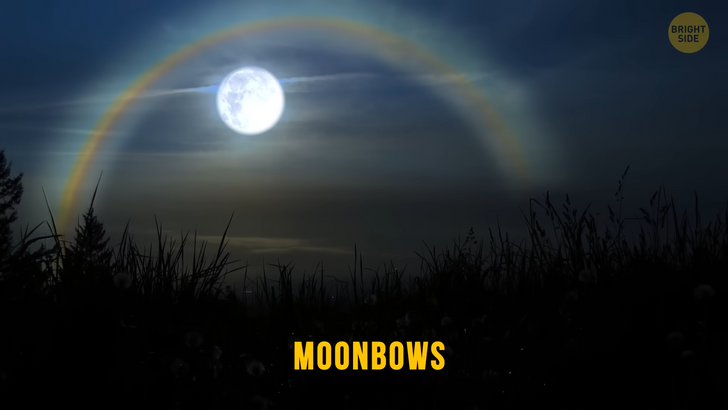
The next one is not as rare as the others just mentioned. A sinkhole forms in the ground as a result of some form of collapse of the surface layer. Most sinkholes are caused by the chemical dissolution of carbonate rocks. They’re usually circular and vary in shape and size — both in diameter and depth. And you don’t want to drive into one of those.
A fire whirl is a whirlwind induced by fire. Most of the time, it’s composed of flames or ash. This phenomenon is also sometimes called a fire tornado or fire twister. It’s pretty clear how it got this nickname: it looks like a tornado, and it’s made of fire.
Yet, these terms usually refer to a separate thing where a fire has such intensity that it creates an actual tornado. Fire whirls are different. They don’t usually count as tornadoes as the vortex doesn’t extend all the way from the ground to the cloud base.
Lenticular clouds are usually in parallel alignment to the wind direction. They have a particular shape. I mean, look at it! That’s what people imagine when they think about a spaceship of visitors from outer space!
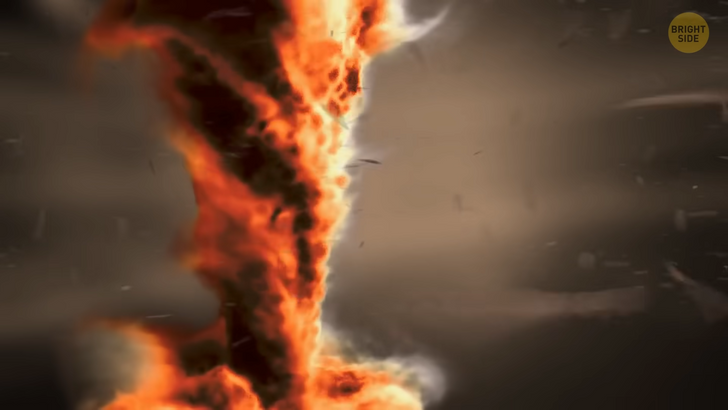
Many people dream of witnessing this one: the aurora borealis or the famous northern lights. It’s a free natural light show in the sky. Charged particles from the Sun strike atoms in Earth’s atmosphere. Then they cause electrons in these atoms to change to a higher-energy state. Eventually, the electrons get back to a lower energy state. That’s when they release photons of light. Obviously, Nordic countries are the best places to see this show. But hey, you can see the northern lights in Scotland, too!
The Morning Glory cloud is a very long rolled cotton-like cloud. It’s seen occasionally in various parts of the world. But there’s one place on our planet where they occur on a regular basis. It’s the Gulf of Carpentaria in northern Australia. These clouds can stretch for 620 miles. Plus, there can be more than one Morning Glory cloud at one time.
So far, we have seen moonbows, halos, and many other phenomena. But how about looking at a fire rainbow? “The fire rainbow” is much easier to say, but the real name of this thing is a circumhorizontal arc. Say it with me: “circumhorizontal arc.” Very good! It’s another cool optical phenomenon that occurs in cirrostratus clouds. Check this out. The next two cool facts are related to animals.
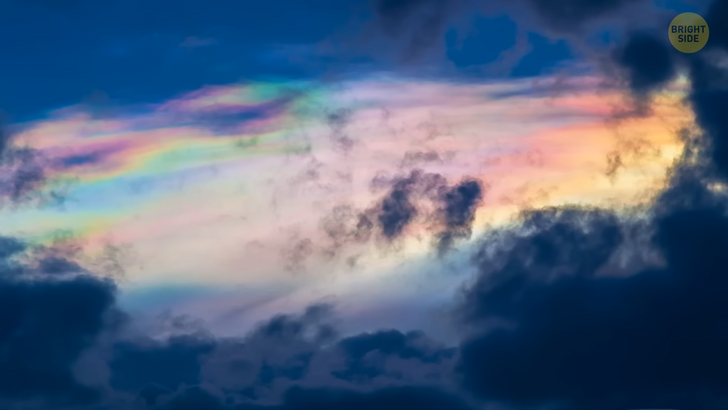
What would you do if a million butterflies flew over your head? This might happen when you see monarch butterflies while they’re migrating to Mexico or Southern California. These butterflies cannot cope with cold winters. Nor can I. So, every fall, they migrate either to the south or west — where it’s warm all year long.
This is a field completely covered with spider webs. This phenomenon only occurs when spiders flee from floods or some other kind of natural disaster. When they leave, they find a higher place to spin their webs. Usually, such a place is a tree or an agricultural field.
Since many of them gather in the same safe region, they all make their webs at the same time. Doesn’t this huge spider web look like a thick blanket? Yeah, you go lie down in that! Just kidding. Have you ever come across unique natural phenomena? Comment below and let me know!










